How to Set Up Artwork for Printing the Right Way
Preparing your artwork for printing can sometimes feel like a daunting task, especially if you are new to the process. We understand how crucial it is to get this step right, as it can greatly impact the final quality of your printed materials. Whether you're looking to create stunning business cards, flyers, or large banners, the first step towards a successful print is setting up your artwork correctly.
At our design and printing service, we handle a variety of projects, and over the years, we've refined our approach to ensure every piece of artwork is print-ready. This involves choosing the appropriate tools and software, understanding technical details like resolution and file types, and following a checklist to avoid common pitfalls. By sharing our knowledge, we hope to help you navigate the complexities of print setup so that you can achieve professional-quality results every time.
So, let’s dive into the essentials of artwork setup. With these foundations in place, you'll be more confident in preparing your designs, ensuring they look as impressive in print as they do on your screen.
Essential Tools and Software for Artwork Setup
When we begin the process of setting up artwork for printing, the choice of tools and software is paramount. We use a range of industry-standard software that helps bring precision and efficiency to each project. Adobe Photoshop and Illustrator are our go-to tools because they offer extensive features that cater to various print design needs, from layering to colour correction. These programs allow us to manipulate images and vectors with a high degree of control, ensuring every detail of the design is perfected.
Besides Adobe products, we also utilise CorelDRAW for its exceptional vector handling capabilities, which is essential for creating sharp and clear prints, no matter the size of the print material. It's important to remember that using professional software not only expands our creative capability but also ensures that the files are saved in formats that printers recognize and handle effectively, such as TIFF or EPS. This integration of top-notch tools into our workflow exemplifies our commitment to delivering the best possible outcomes in print design.
Understanding Resolution and File Types
Understanding the proper resolution and choosing the right file types are critical aspects of artwork setup that can significantly influence the quality of your printed materials. Print resolution is measured in dots per inch (DPI), and for most print jobs, a DPI of 300 is ideal. This resolution ensures that the images in your artwork are clear and crisp, without any pixelation or blurring, which can often occur if the DPI is too low.
As for file types, while JPEG might be fine for digital use, it's not the best choice for high-quality print work due to compression issues. Instead, we recommend using TIFF or PDF formats. These formats retain the quality of your graphics and are preferred by professional printers for their reliability. TIFF files are excellent for detailed graphic images without losing any colour data or quality. PDFs, on the other hand, are versatile and maintain the integrity of your design across different platforms and printers. By understanding and applying these principles, we ensure that every print we produce meets the highest standards of quality.
Top Tips for Preparing Your Artwork Before Printing
When it comes to preparing artwork for print, a few key practices can make all the difference in achieving high-quality results. Firstly, always make sure to proofread your content. Even the smallest typo can detract from the professional appearance of your printed material. We take extra care to review text for errors and ensure every word is correct. Additionally, it's crucial to double-check the alignment and layout of your design. Proper alignment ensures a tidy and organised look, which enhances the overall impact of the printed item.
Another tip is to consider the margins and bleed of the print. Ensuring that your design accommodates these can prevent important elements from being inadvertently trimmed off during the printing process. We always recommend a bleed of at least 3mm for most projects, which helps in achieving edge-to-edge printing without any unsightly borders or cropping issues.
Common Mistakes to Avoid in Print Setup
Many common mistakes can be avoided by paying attention to detail and following best practices in print setup. One frequent issue we see is the use of improper colour modes. Always remember to switch your artwork to CMYK colour mode, as most digital designs are created in RGB by default. CMYK ensures that the colours you see on your screen are more closely matched by printers, resulting in the high fidelity of the final print product.
Another mistake is overlooking the resolution of images. We can't stress enough the importance of using high-resolution images to avoid pixelation or blurring. Making sure all images are at least 300 DPI as discussed earlier, remains crucial. Furthermore, not supplying files in the correct format can lead to printing delays and increased costs. Stick to printer-friendly formats like PDF, TIFF, or EPS to streamline the process and avoid these issues.
Final Thoughts
Effective artwork setup for printing requires careful attention to a slew of critical details, from initial design to final output format. At Absolute Creative Print, our expertise is geared towards ensuring that your vision is realised with precision and brilliance on paper. Our team is equipped to handle every aspect of design and printing, making us a one-stop-shop for all your needs.
If you're ready to see how our printing services in Kent can enhance your project, reach out to us today. Let Absolute Creative Print help you make a lasting impression with each print.

